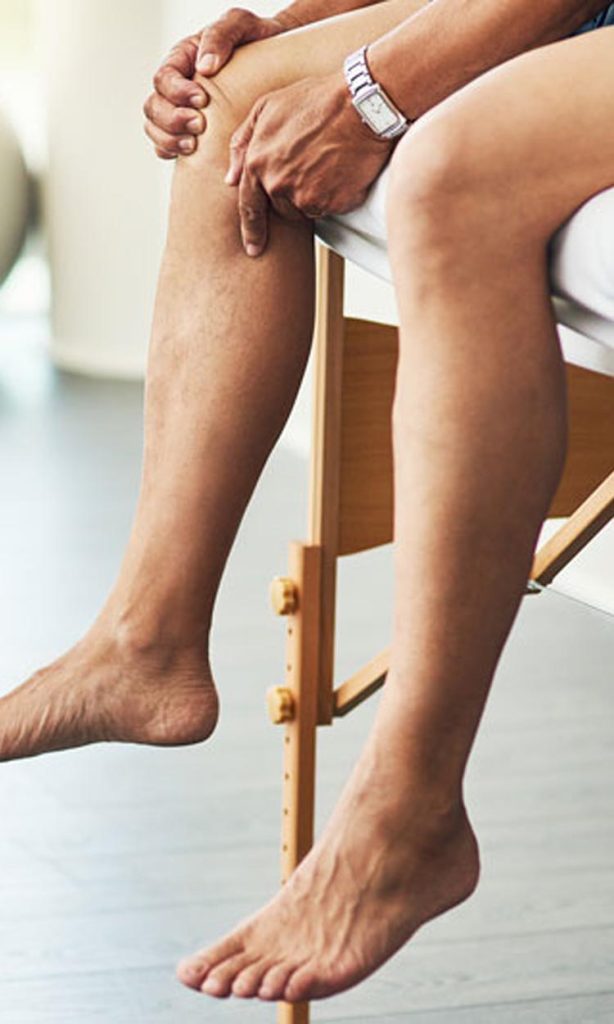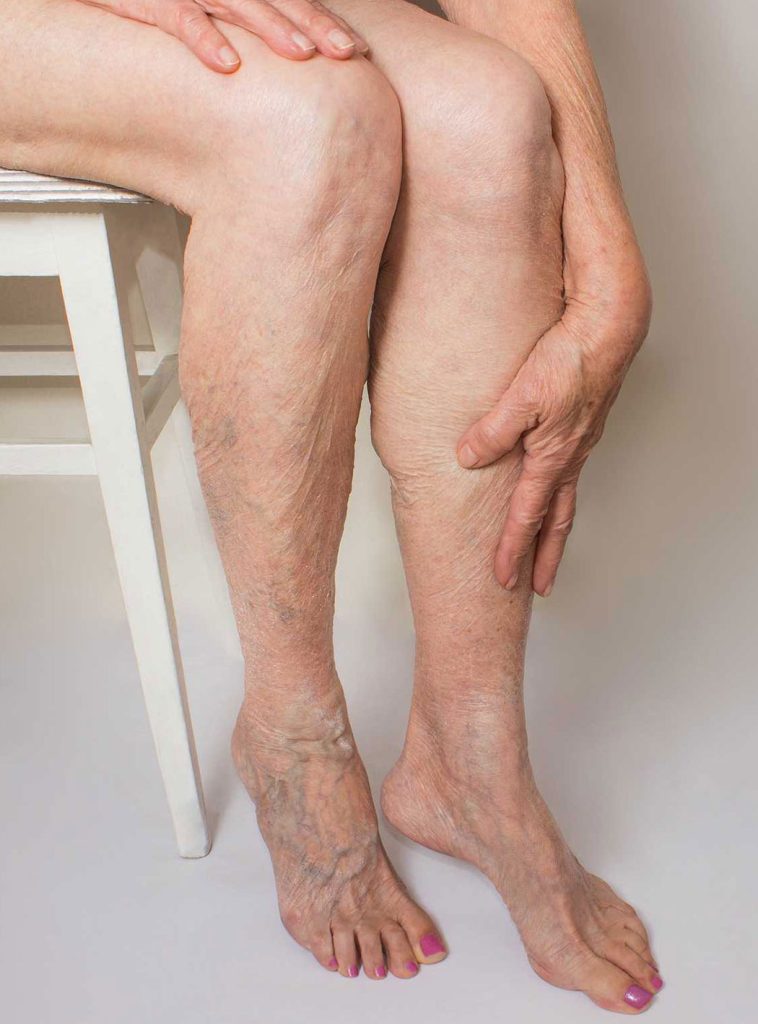Do you experience weakness of leg muscles and pain? Are you worried about coldness in your extremities? Do you feel pain in one or both of your hips while walking? If yes, you may be suffering from peripheral arterial disease. We are here to answer your concerns and help you get out of this tragedy. Peripheral artery disease is a medical anomaly characterized by narrowing of arteries due to which blood flow to your limbs is compromised. It is a common circulatory problem that requires proper evaluation and treatment. When you develop this condition, blood flow to your limbs, especially to your legs, is not sufficient to keep pace with the metabolic demands.
As a result, different symptoms of peripheral artery disease are experienced, such as leg pain, shiny skin and delayed growth of nails, etc. Because many of the symptoms of PAD go undetected or mimic other conditions, it may be difficult to detect PAD until it begins to manifest. Avoiding many of the risk factors, like smoking and obesity by cessation and exercise will stop the disease before it starts. Take a look at the common risks, predispositions, and signs/symptoms, then read up on some of the testing and procedures Dr. Simon can perform for you using comfortable, minimally invasive, state-of-the-art equipment and techniques:
In some people, peripheral artery disease doesn’t cause any symptoms. However, in others, it causes claudication. Claudication is the pain in your leg, thigh, or arms when you perform a physical activity such as walking. It usually disappears when you settle down for rest. Leg pain is the most common pain experienced in this situation; however, the exact location of the pain is dependent upon the site of a narrowed artery. Severe claudication can disrupt your daily routine and may cause difficulty in walking and other physical activities. Common signs and symptoms of peripheral artery disease are:
Symptoms related to upper limbs appear if the arterial supply to the upper extremity is compromised. In extreme cases of peripheral artery disease, pain may occur when a person is at rest. It may occur without any physical activity and may even disturb your sleep. Hanging your legs down from the edge of the bed may relieve the symptoms temporarily by increasing the blood flow.

